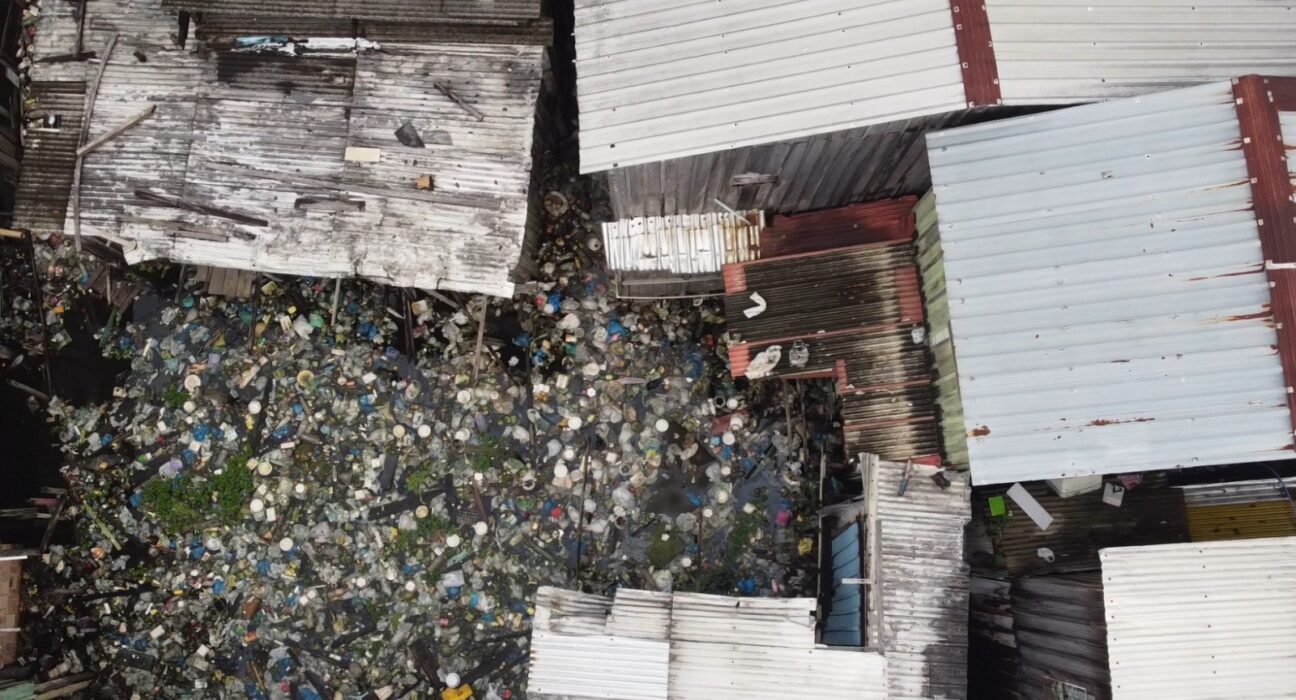The overflowing waters of the Rio Negro have brought about a drastic change in the daily lives of residents in the low-lying areas of central Manaus, one of the regions hit the hardest by the advancing floods. In neighborhoods like Educandos, families are dealing with flooding inside their homes and the accumulation of waste that comes with the rising waters. The situation is dire, with residents like truck assistant Jonas da Silva and Silva having to create makeshift wooden bridges within their homes just to navigate the space. Jonas expressed his frustration, saying, “I’ve raised the floor twice already, but the water keeps rising. We have nowhere else to go.”
The water levels have reached 29.04 meters, surpassing expectations and marking a significant event as the last time such a situation occurred was back in 2014. Drone footage captures the port’s containment wall almost entirely submerged, a stark contrast to the exposed streets and sandy banks during the severe dry season last September. The once vibrant neighborhood of Educandos now resembles a network of canals, with some residents relying solely on canoes for transportation. Former fields are now waterways, and homes have turned into islands, like the one belonging to Nizomar de Souza Gomes, who managed to salvage some mattresses but lost other furniture to the floods.
The waste brought by the floods exacerbates the already challenging situation, with bottles, debris, and furniture remnants floating among the houses. Waste collection is hindered, leading to increased illegal dumping.
The local government has stepped up emergency efforts in the worst-affected neighborhoods, with over 800 meters of temporary bridges constructed in Educandos to ensure access to essential services. Relief measures, including the distribution of food baskets, hygiene kits, and clean water, are underway to support the affected population. Despite the adversity, the makeshift solutions and emergency structures provide a sense of security and mobility for residents.
The current flood in the Amazonas region has impacted over 133,000 families, translating to approximately 534,000 individuals directly affected. The rising waters have kept the nine Amazonian river basins in a flooding state, with peak levels expected between March and July. The government response, including the provision of essential supplies like food, water tanks, and purification kits, has been crucial in assisting communities in need across various municipalities.
In the realm of education, the floods have disrupted the lives of 444 students in four municipalities, prompting the continuation of remote learning through the “Aula em Casa” program. The challenges posed by the floods extend beyond immediate relief efforts, affecting various aspects of daily life and community well-being.
As the floods persist and waste continues to spread, the health risks and disruptions to residents’ lives in Manaus intensify. The scenes of families navigating flooded homes amidst floating debris paint a stark picture of the challenges faced by those living in the affected areas. The resilience and adaptability of the residents, coupled with ongoing support from authorities and relief organizations, exemplify the collective effort to navigate through this challenging period.
The overflow of the Rio Negro in Manaus serves as a poignant reminder of the interconnectedness between environmental factors, urban planning, and community resilience. It underscores the urgent need for sustainable solutions, comprehensive disaster preparedness, and proactive measures to mitigate the impact of natural disasters on vulnerable populations. As communities strive to rebuild and recover from the devastation caused by the floods, it is imperative for stakeholders at all levels to work together towards long-term solutions that safeguard lives, livelihoods, and the environment for future generations.

